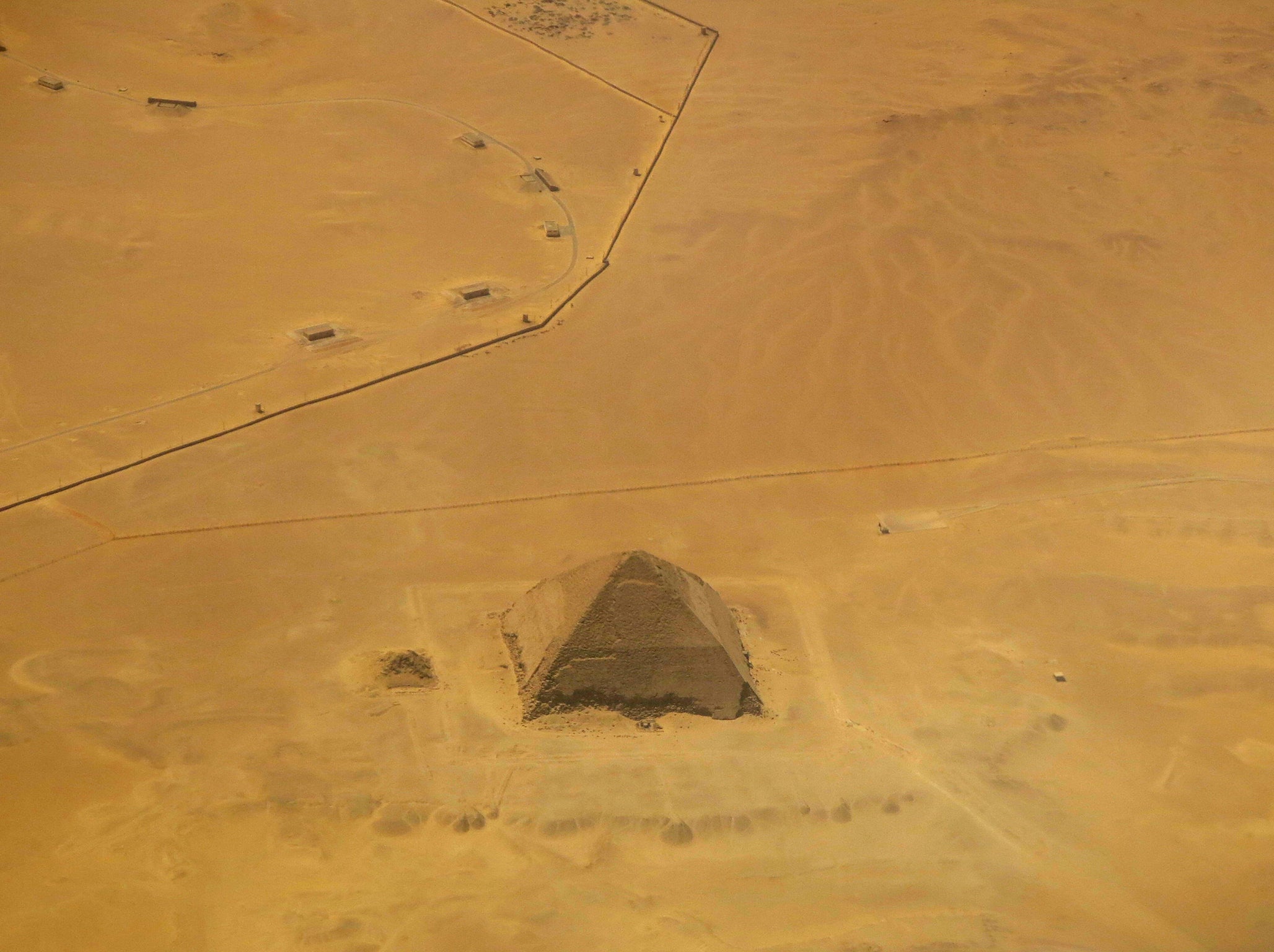Mysteries of the pyramids might be solved by cosmic particles, scientists claim
Scientists hope that space particles, absorbed by plates left inside the 4,600-year-old structure, could offer a clue at how the pyramids were constructed and what actually lies within

Your support helps us to tell the story
From reproductive rights to climate change to Big Tech, The Independent is on the ground when the story is developing. Whether it's investigating the financials of Elon Musk's pro-Trump PAC or producing our latest documentary, 'The A Word', which shines a light on the American women fighting for reproductive rights, we know how important it is to parse out the facts from the messaging.
At such a critical moment in US history, we need reporters on the ground. Your donation allows us to keep sending journalists to speak to both sides of the story.
The Independent is trusted by Americans across the entire political spectrum. And unlike many other quality news outlets, we choose not to lock Americans out of our reporting and analysis with paywalls. We believe quality journalism should be available to everyone, paid for by those who can afford it.
Your support makes all the difference.Scientists hope that cosmic particles could offer a clue at what lies within the mysterious 4,600-year-old structure.
The researchers have placed plates within Egypt’s Bent Pyramid, designed to catch muons that fall down to Earth from the atmosphere. And they hope that the radiographic particles will offer some clue to the construction of the ancient building.
The researchers put the panels into the pyramid last month. They hope to catch some of the particles, which will travel through empty spaces but will get deflected by thicker ones.
By studying the plates, the scientists hope that they can look at where the particles accumulate and try and understand what is inside the pyramid, built by Pharaoh Snefru.
“For the construction of the pyramids, there is no single theory that is 100% proven or checked; They are all theories and hypotheses,” Hany Helal, the vice president of the Heritage Innovation Preservation Institute, told the Associated Press. “What we are trying to do with the new technology, we would like to either confirm or change or upgrade or modify the hypotheses that we have on how the pyramids were constructed,” he said.
The Bent Pyramid is found just outside of Cairo. It has sloped sides that give it is name, and many think that it is the first attempt by the ancient Egyptians to build a pyramid with smooth sides.
The structure is just one of the pyramids that the Scan Pyramids project has undertaken to scan and learn more about. Research from the same project in November found strange “heat spots” inside the Great Pyramid at Giza, suggesting that there might be an unknown room within the pyramid.
Join our commenting forum
Join thought-provoking conversations, follow other Independent readers and see their replies
Comments